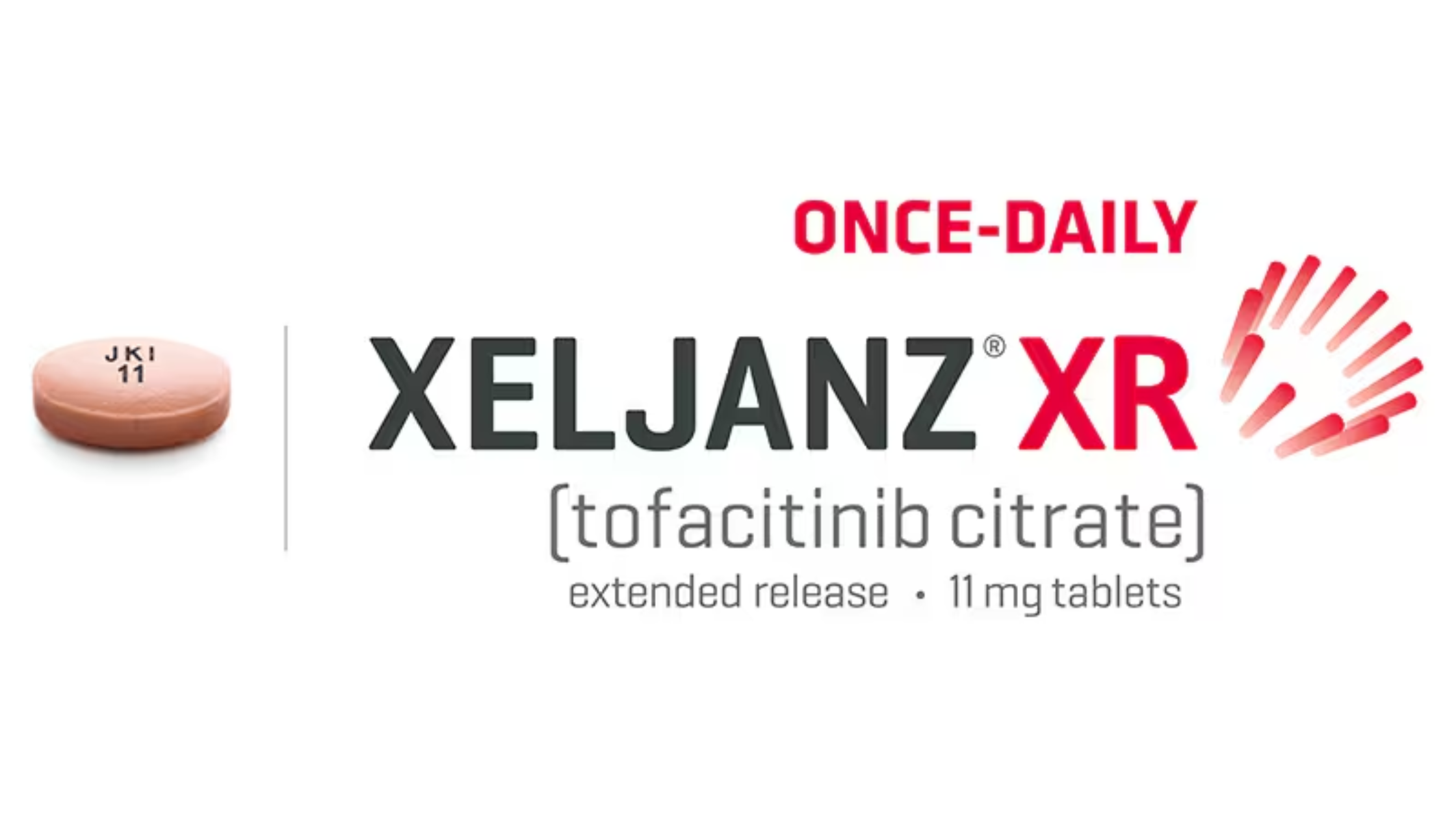Last updated on August 12th, 2024 at 09:56 am
Propofol is a widely used anesthetic agent known for its rapid onset and short duration of action. It plays a critical role in modern anesthesia and intensive care medicine, but it also carries significant risks that require careful management. This article delves into various aspects of propofol, including its classification, mechanism of action, uses, dosing, and the potentially life-threatening condition known as Propofol Infusion Syndrome (PRIS).
1. Propofol Classification
Propofol belongs to a class of medications known as general anesthetics. Within this broader category, it is classified as a short-acting intravenous anesthetic agent. Propofol is chemically described as a 2,6-diisopropylphenol, and its lipophilic nature facilitates its rapid distribution across cell membranes, leading to its fast-acting anesthetic effects.
2. Propofol as a Drug
Propofol is marketed under various brand names, the most well-known being Diprivan. It is presented as a white, oil-in-water emulsion, typically administered intravenously. Propofol’s primary use is in the induction and maintenance of general anesthesia, but it is also employed for sedation in various medical procedures, including those requiring mechanical ventilation and in critical care settings.
Due to its properties, propofol has become a preferred choice in both elective surgeries and emergency situations, providing a reliable and controllable anesthetic effect. However, despite its benefits, propofol must be administered by trained professionals due to its potential for severe side effects, including respiratory depression, hypotension, and, in rare cases, Propofol Infusion Syndrome.
3. Propofol Mechanism of Action
Propofol’s anesthetic and sedative effects are primarily mediated through its action on the gamma-aminobutyric acid (GABA) receptors in the central nervous system (CNS). GABA is the principal inhibitory neurotransmitter in the brain. When propofol binds to the GABA-A receptor, it enhances the inhibitory effects of GABA by increasing the duration of chloride ion channel opening. This results in hyperpolarization of the neuronal membrane, thereby reducing neuronal excitability and leading to sedation, hypnosis, and anesthesia.
Propofol also has some effects on other ion channels and receptors, including those for glycine and NMDA, which may contribute to its overall pharmacological profile.
4. Propofol Uses
Propofol is utilized in various clinical scenarios due to its versatility and predictability. The primary uses of propofol include:
- Induction of Anesthesia: Propofol is commonly used to induce anesthesia at the beginning of surgical procedures. Its rapid onset allows for a smooth and quick transition from wakefulness to unconsciousness.
- Maintenance of Anesthesia: In combination with other agents, propofol is often used to maintain anesthesia during surgery. Its effects can be easily adjusted by modifying the infusion rate.
- Sedation for Procedures: Propofol is frequently used for procedural sedation in non-surgical settings, such as endoscopy, cardioversion, and imaging studies. It provides deep sedation with a quick recovery, making it ideal for short procedures.
- Sedation in Critical Care: In the ICU, propofol is used to sedate patients who require mechanical ventilation. Its rapid onset and short duration of action make it useful in managing the sedation of critically ill patients.
5. Propofol Dose
The dosing of propofol varies based on the intended use, patient characteristics, and the clinical setting. Here are some general guidelines:
Induction of Anesthesia:
- Adults: The typical dose is 1.5 to 2.5 mg/kg administered as a bolus over 20 to 30 seconds.
- Children: The dose ranges from 2.5 to 3.5 mg/kg, depending on age and health status.
Maintenance of Anesthesia:
- Adults: An infusion rate of 100 to 200 mcg/kg/min is usually required, often in combination with analgesics and other anesthetic agents.
- Children: Doses may vary, but generally, a lower infusion rate is needed compared to adults.
Sedation:
- Adults: For procedural sedation, an initial bolus of 0.5 to 1 mg/kg followed by an infusion of 25 to 75 mcg/kg/min is typical.
- ICU Sedation: Infusion rates may range from 5 to 50 mcg/kg/min, adjusted according to the patient’s response and sedation level.
It’s important to note that these are general guidelines, and individual dosing should always be tailored to the specific needs of the patient, with careful monitoring of vital signs and depth of sedation.
6. Propofol Infusion Syndrome (PRIS)
Propofol Infusion Syndrome is a rare but potentially fatal complication associated with the prolonged infusion of propofol, particularly at high doses. It is most commonly observed in critically ill patients, especially those receiving high doses of propofol for extended periods.
7. Propofol Infusion Syndrome Pathophysiology
The pathophysiology of PRIS is complex and not fully understood, but several mechanisms have been proposed:
- Mitochondrial Dysfunction: Propofol may impair mitochondrial function, leading to a disruption in fatty acid oxidation and energy production. This can result in lactic acidosis, rhabdomyolysis, and multi-organ failure.
- Impaired Fatty Acid Metabolism: Propofol has been shown to inhibit the transport of long-chain fatty acids into mitochondria, leading to an accumulation of toxic intermediates and metabolic derangements.
- Direct Cardiotoxicity: Propofol has negative inotropic effects, which can lead to cardiac failure, especially when combined with metabolic acidosis and electrolyte imbalances.
PRIS is characterized by a constellation of clinical findings, including metabolic acidosis, hyperkalemia, rhabdomyolysis, renal failure, cardiac arrhythmias, and cardiac arrest. The mortality rate of PRIS is high, making early recognition and intervention critical.
8. Propofol Injection
Propofol is administered intravenously as a bolus or continuous infusion. The injection is typically performed using a syringe or an infusion pump, allowing precise control over the dosage. Due to its lipid emulsion formulation, propofol should be handled with care to prevent contamination and should be discarded after six hours once opened.
The injection of propofol can cause local pain at the injection site, which can be mitigated by using a larger vein, pretreating with lidocaine, or mixing propofol with lidocaine.
9. Propofol Intoxication
Propofol intoxication can occur in cases of overdose, accidental administration, or abuse. The symptoms of propofol intoxication are primarily related to its effects on the CNS and cardiovascular system and may include:
- Respiratory Depression: Leading to hypoxia and potentially respiratory arrest.
- Hypotension: Severe drop in blood pressure due to vasodilation and myocardial depression.
- Bradycardia: Slow heart rate, which may progress to asystole.
- CNS Depression: Ranging from deep sedation to coma.
Management of propofol intoxication involves supportive care, including securing the airway, providing oxygen, and administering fluids and vasopressors to maintain blood pressure. In cases of severe intoxication, advanced life support measures may be necessary.
Propofol Antidote
Propofol is a commonly used anesthetic agent known for its rapid onset and short duration of action. It is generally considered safe when used correctly, but in cases of overdose or adverse reactions, there is no specific proven antidote for propofol. Instead, management focuses on supportive care and addressing the symptoms.
Management of Propofol Overdose
Supportive Care
- Airway Management- Ensuring that the airway is protected and adequately ventilated is crucial. Patients may need assistance with breathing or mechanical ventilation.
- Cardiovascular Support- Monitoring and managing blood pressure and heart rate. Intravenous fluids and medications may be used to support cardiovascular function.
Monitoring
- Continuous monitoring of vital signs, including heart rate, blood pressure, oxygen saturation, and level of consciousness.
Symptomatic Treatment
- Treating any symptoms that arise from the overdose, such as hypotension, bradycardia (slow heart rate), or respiratory depression.
Discontinuation
- Stopping the administration of propofol immediately if an overdose is suspected.
Considerations
- Propofol is metabolized quickly by the liver, so its effects usually wear off relatively fast once the drug is discontinued. However, in severe cases, prolonged monitoring and supportive care may be necessary.
In Summary
Propofol is a powerful anesthetic agent with a wide range of uses in medicine, from surgical anesthesia to sedation in the ICU. However, its administration requires careful monitoring due to the risks of serious side effects, including Propofol Infusion Syndrome and intoxication. Understanding the proper use, dosing, and potential complications associated with propofol is crucial for ensuring patient safety and achieving optimal outcomes in clinical practice.
Always consult with a healthcare professional before administering or receiving propofol, and be aware of the signs of Propofol Infusion Syndrome to intervene promptly should this rare condition arise. For more tips of maagig health, visit The Antidote.



